How Many Private Pilots in the US? 2025 Pilot Statistics
Jul 22, 2025
As of 2023 there are 700,000 private pilots in the US. This is up from a growing interest in aviation and diverse pilot demographic.
In this article we’ll look at the historical trends, factors affecting pilot numbers and most importantly how many private pilots in the US and what the future holds for private pilots in the US.
Main Points
-
As of 2024 there are 700,000 active private pilots in the US. This figure refers to active pilots, meaning those who currently hold valid certifications and are authorized to fly. There has been a big increase in diversity, especially among female pilots and younger demographics. Most pilots follow a typical pathway of completing required training, obtaining certification, and maintaining currency through regular flying and recurrent training.
-
Historical trends show a big decline in private pilots from 1980 to 2021, but recent years have seen a surge due to economic growth and accessible training resources.
-
Getting a private pilot license can cost around $30,000, which includes training fees, FAA examiner fees, and essential pilot equipment. This cost and the required flight hours are generally in line with the national average for private pilot training.
Current Number of Private Pilots in the US
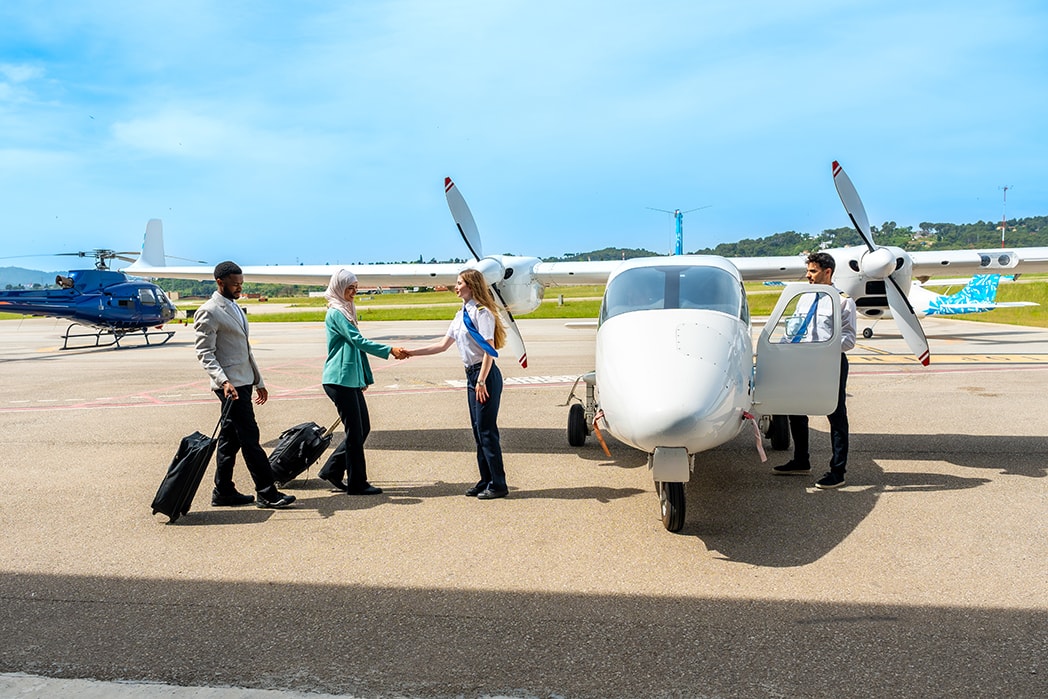
As of 2024 there are approximately 700,000 private pilots in the US, most of which are private pilots. This is a big community of aviation enthusiasts who fly for personal and professional reasons.
The steady increase in private pilots over the last 10 years is a testament to the growing interest in aviation and the availability of pilot training programs.
The demographic breakdown of private pilots shows that most are male but there has been a big increase in female pilots in recent years. This is good as it shows the diversity in the aviation community is growing.
The average private pilot today reflects this diversity, with younger generations especially millennials and Gen Z showing more interest in getting private pilot licenses, which is a broader trend of trying new and adventurous things.
One of the main reasons for this resurgence is the rise of digital training resources and online courses. These have made pilot training more accessible and convenient, so aspiring pilots can study at their own pace and on their own schedule.
The combination of traditional training methods with modern technology has created a more inclusive and appealing path for those who want to get in the air.
Historical Trends in Private Pilot Numbers
The story of private pilot numbers in the US over the past few decades is a rollercoaster of ups and downs.
The number of active private pilots in the US peaked in 1980 with 827,071 licensed pilots. That was the golden age of general aviation, with economic prosperity and a cultural love of flying reflected in the civil airmen statistics released by the FAA.
But the subsequent decades saw a steady decline in private pilots, due to a variety of economic and regulatory factors. From the late 70s to the early 2000s the industry faced:
-
Rising costs
-
Increased regulations
-
Changing economic conditions All of which contributed to the decline. By 2021 the number of active private pilots had dropped to around 165,000, a far cry from the 1980s.
But the aviation community is resilient. The recent uptick in private pilot numbers shows there’s renewed interest and a positive trend in the industry.
Understanding these historical trends gives context to the current situation and potential for growth in private flying.
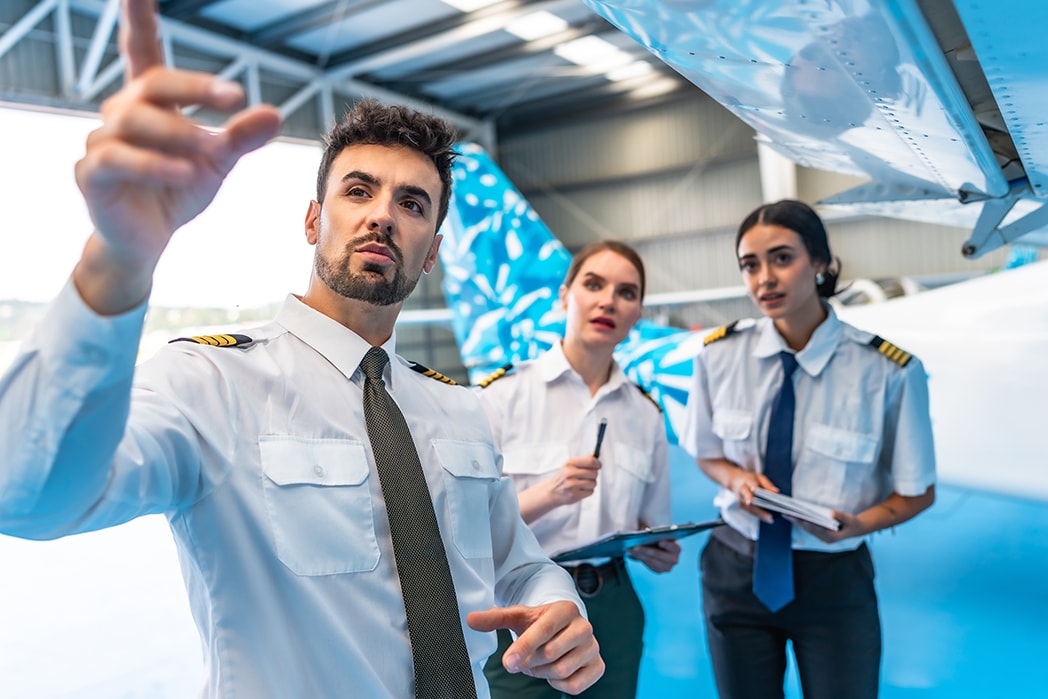
Factors Influencing the Number of Private Pilots
Several factors affect the number of private pilots in the US, with economic growth and increasing pilot demand being the main drivers. As the aviation industry grows, the need for pilots grows and there are opportunities for new and experienced pilots.
The projected growth in the industry will create thousands of new pilot positions each year, which will further fuel interest in getting a private pilot license. For those seeking a career, meeting the requirements to be hired by a scheduled air carrier, such as specific experience and certifications, is an important consideration.
Federal regulations also play a big role in the private pilot landscape. Changes like the FAA’s mandatory retirement age for pilots can impact the availability of experienced pilots and therefore the overall numbers.
Private pilots must also comply with strict Federal Aviation Regulations (FAR) for flight currency which means pilots must stay current and safe while flying.
To remain current, pilots are required to meet recent flight experience requirements, including regular training and medical examinations. Additionally, a flight review with an instructor is required every 24 months to maintain flying privileges and ensure ongoing proficiency.
The cost of flight training is another big factor. The total cost to become a private pilot can vary widely depending on the type of training program, the aircraft used and the location of the flight school. While the cost is high, the value of pilot training and the opportunities it opens up makes it worth it for many.
Private pilots must stay current to meet safety and regulatory requirements. This means completing a certain number of flight hours and training activities within a certain timeframe.
Staying up to date with federal aviation regulations is a ongoing challenge as pilots must review changes regularly to stay compliant and safe flying practices.
In addition, roles such as flight engineers have evolved with technology, reflecting how career paths in aviation adapt to regulatory and technical shifts.
Despite these challenges, the love of flying and the thrill of the skies keeps many pilots, airline pilots and military pilots flying as an active pilot even when they choose to fly solo.
Private Pilot License Requirements
The process of becoming a student pilot begins with meeting eligibility requirements, obtaining a student pilot certificate, and starting initial flight training under the supervision of a certified instructor.
This includes securing the necessary private pilot endorsements and medical certification to begin solo flights.
To get a private pilot license you must meet the requirements set by the Federal Aviation Administration (FAA).
Eligibility requirements are to be at least 17 years old and able to read, speak, write and understand English. These basic requirements ensure you have the basic skills to communicate safely during flight.
One of the big steps in the process is getting a valid medical certificate, specifically a third class medical certificate. Medical certification is required to ensure you meet the health standards for piloting an aircraft.
This involves a medical examination by an Aviation Medical Examiner (AME) to make sure you are physically fit to fly. The medical examination covers vision, hearing, and overall physical condition and is a requirement before you start flight training.
Flight training itself is a long and thorough process. You must gain the necessary private pilot aeronautical experience, which includes both instructor-led training and solo flight time.
-
Complete at least 20 hours of flight training with an authorized instructor
-
Log at least 40 total flight hours, including specific training sessions such as cross-country flights and night flying which count towards the total cross country flight time
-
Complete at least 10 hours of solo flight time which helps build confidence and proficiency and know how many hours are required to complete the full flight training.
Navigation, emergency procedures, aircraft maneuvers, and aircraft performance are key for private pilot candidates.
During training you will learn to handle various in-flight scenarios, so you are well prepared to manage unexpected situations safely as a pilot in command.
This practical experience is backed up by theoretical knowledge which is tested through a written knowledge exam you must pass before you can take the practical test.
The knowledge requirements for the private pilot certificate include understanding aerodynamics, regulations, weather, navigation, and aircraft systems.
Before taking the final check ride, every student must complete flight training that meets all FAA minimum hour and skill requirements.
The final step to get a private pilot license is to pass a practical test, also known as a check ride.
This test has an oral and flight portion where you must demonstrate your knowledge and skills to an FAA designated examiner. The check ride is evaluated according to the Airman Certification Standards, which outline the criteria and performance benchmarks you must meet.
Passing the check ride is a big deal, it’s the culmination of all your training and preparation. Once licensed, you are legally allowed to carry passengers, though not for compensation or hire making it ideal for personal travel and building flight experience.
After obtaining your private pilot license, you have the option to pursue an instrument rating, which allows you to fly under instrument flight rules (IFR) and operate safely in low visibility or adverse weather conditions.
For those seeking to become airline or commercial pilots, a bachelor's degree is often required or strongly recommended as part of the education and eligibility criteria for advanced pilot certifications.
Career Opportunities for Private Pilots
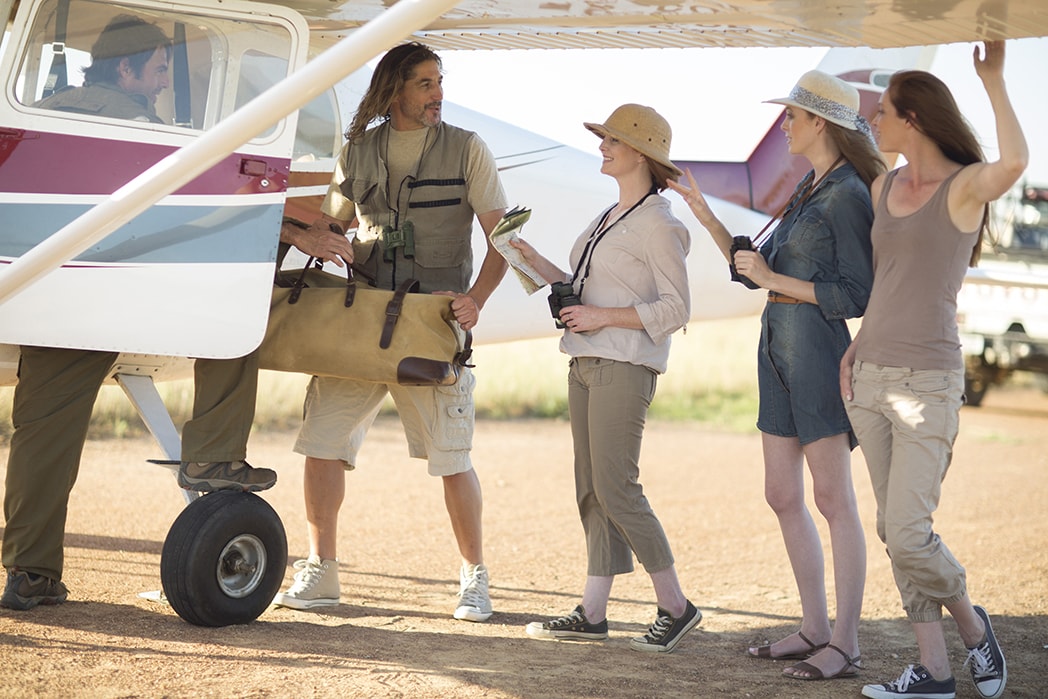
A private pilot license opens the door to a diverse array of career paths that blend personal passion with professional growth. Here are some opportunities available to private pilots:
-
Commercial Aviation: Use your private pilot license as a stepping stone to become a commercial pilot. This often involves pursuing a commercial pilot certificate, which qualifies you to fly for compensation and opens the door to professional aviation careers. In airline operations, new pilots typically start as a first officer, working alongside the captain and gaining experience before advancing to the captain role.
-
Corporate Pilot: Fly private jets for companies or high-profile clients.
-
Flight Instructor: Share your skills and train the next generation of pilots.
-
Specialized Roles: Explore niche fields like aerial photography, agricultural aviation, pipeline patrol, and emergency medical services. Many pilots in these roles are also proficient in operating other aircraft beyond airplanes, such as helicopters or seaplanes.
-
Recreational Flying: Immerse yourself in the joy of flying for fun, discovering new destinations and joining a vibrant aviation community.
-
Military or Cargo Aviation: Transition to roles in military or cargo transport, building on your foundational flying expertise.
With its versatility, a private pilot license not only enriches personal experiences but also lays the groundwork for rewarding, long-term careers in a variety of aviation sectors.
Whether you’re pursuing a professional goal or indulging in a lifelong passion, private pilots have the tools to soar to new heights including the potential to advance toward becoming an airline transport pilot certificate holder, which is the highest level of FAA certification for those seeking to fly for major commercial airlines and long-haul operations.
The Role of Flight Schools in Training Private Pilots
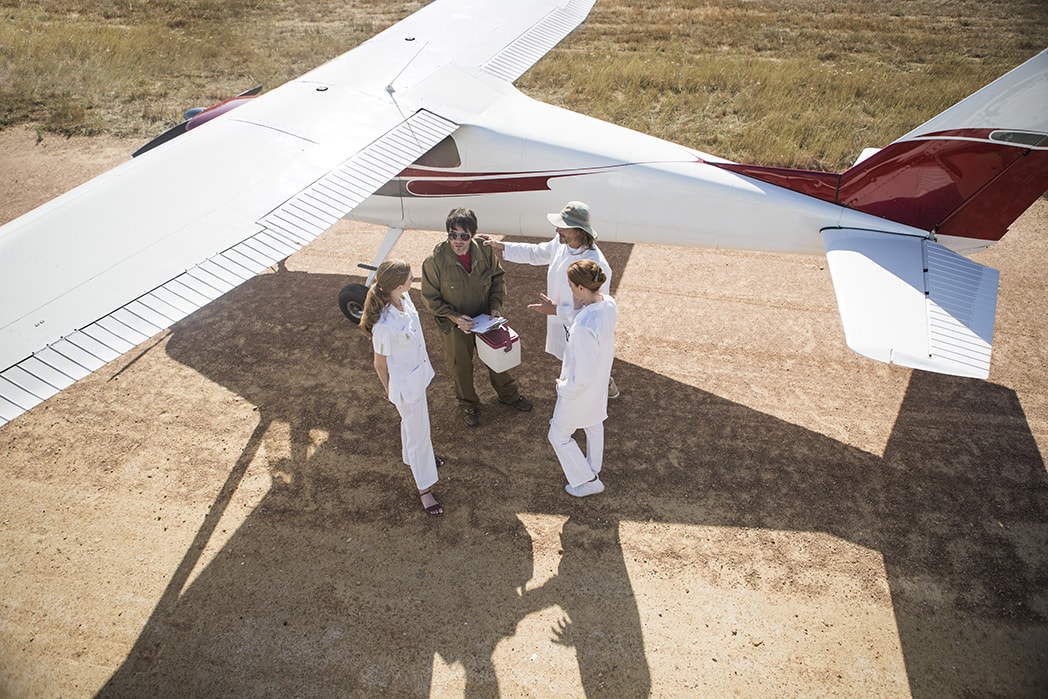
Flight schools play a big role in training private pilots, providing the resources and instructor to help students achieve their aviation goals. The curriculum in flight schools covers:
-
Basic aerodynamics
-
FAA rules
-
Weather
-
Flight planning
-
Navigation
This ground school education lays the foundation for practical flight training and makes sure students have a solid understanding of the basics.
Grad rates from flight schools vary depending on the difficulty of the training and the student. Training is both practical flying skills and theoretical knowledge and can be tough to master.
But with the increase of accelerated training programs, we are addressing the global pilot shortage by training pilots faster and more efficiently.
The globalization of flight training has been made possible by:
-
Online platforms, making it easier for international students to access quality programs, including international flights.
-
Advancements in flight simulators, including cloud-based training systems that provide real-time data, making training more effective.
-
Virtual and augmented reality in pilot training, to create more immersive learning environments.
Mental health awareness is becoming a big part of pilot training, focusing on stress management and work-life balance.
This holistic approach to training recognizes the importance of mental well-being to safe and effective performance.
And flight schools like ATP Flight School offer fixed-cost pricing, so students can plan their finances better with the cost of training including the ATP certificate.
Many flight schools also provide specialized courses for pilots aiming to earn a flight instructor certificate, enabling them to expand their career opportunities by becoming certified instructors.
Overall, flight schools are shaping the future of aviation by providing comprehensive training programs to aspiring pilots to succeed.
The combination of traditional training with modern technology and mental health ensures private pilots are ready for their careers in aviation.
Cost of Becoming a Private Pilot
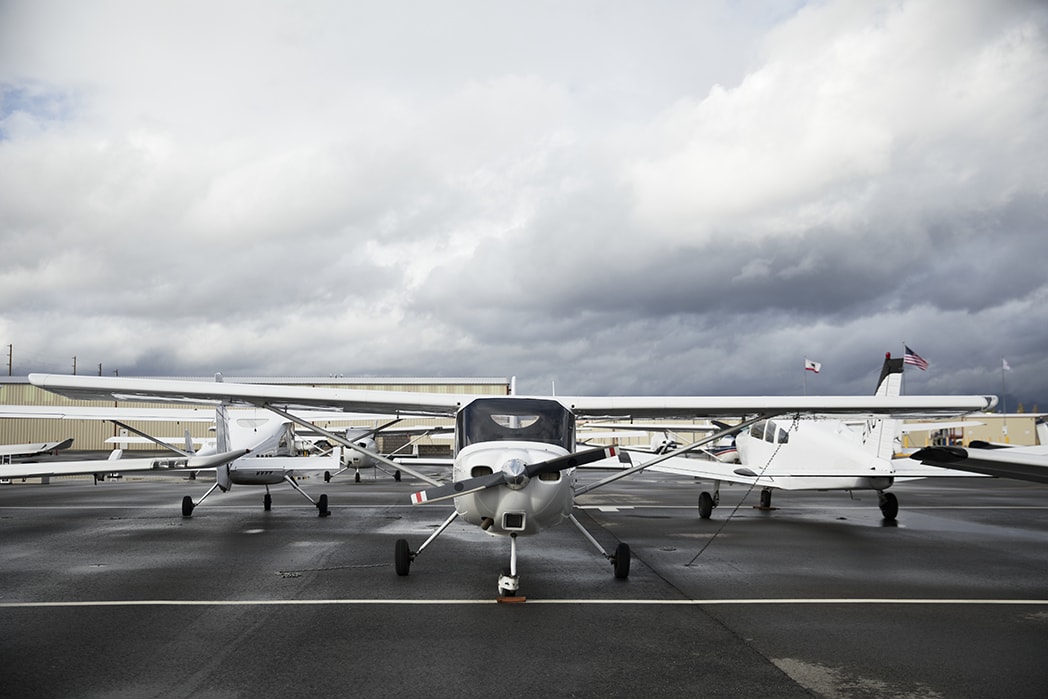
The cost to become a private pilot is a big consideration for many would be pilots. At ATP Flight School the estimated cost to get a private pilot certificate is around $30,000.
At Epic Flight School the total cost to get a private pilot license is $28,822. These are just rough estimates and actual cost will vary based on individual circumstances and training programs.
In addition to the base cost of flight training there are other expenses to consider. FAA examiner fees which can range from $10,500 to $12,000 are part of the certification process.
These fees cover the cost of the practical test and other administrative costs associated with getting a pilot license.
Essential pilot equipment is another big expense. Items such as:
-
an iPad
-
headset
-
flight bag are required for training and will add around $2,005 to the total cost. These are must haves for learning and performing during flight training so students are well equipped to handle the demands of flying.
The cost of flight training is a big deterrent for many would be private pilots. While the cost is high, the opportunities and experiences that come with getting a private pilot license make it worth it for those who love aviation.
Knowing the costs and planning ahead will help would be pilots navigate the financial side of their training.
Aircraft Maintenance and Safety for Private Pilots
Safety is at the top of every flight and for private pilots, keeping their aircraft in top shape is a big responsibility. During pilot training private pilots learn the basics of aircraft maintenance including how to do pre-flight inspections, check vital systems and recognize signs of wear or malfunction.
Regular maintenance tasks like oil changes, tire pressure checks and making sure avionics are working properly are essential to keeping the aircraft airworthy and safe to fly.
The Federal Aviation Administration (FAA) has clear guidelines for aircraft maintenance and private pilots must follow these rules to remain compliant and safe. This includes keeping accurate maintenance records and addressing any discrepancies before you fly.
In addition to routine maintenance private pilots are trained to handle emergency situations from system failures to medical emergencies with established safety protocols and procedures.
By keeping aircraft maintenance and safety top of mind private pilots not only protect themselves and their passengers but also contribute to the overall safety of general aviation.
Ongoing education and regular flight reviews help pilots stay current with best practices making safety a part of every pilot’s journey.
Summary
In summary, private piloting in the US is exciting and full of possibilities. From understanding the stats and history to the requirements and cost of getting a private pilot license, this post has covered it all.
Private pilots will tell you it’s not for the faint of heart. With a bright future ahead, now is the time to start your aviation journey and get in the air.
Frequently Asked Questions
How much does it cost to obtain a private pilot certificate?
The cost to obtain a private pilot certificate typically ranges from $28,822 to $30,000, varying by flight school. It is advisable to consider different schools and their programs to find the best fit for your budget.
What career opportunities are available for private pilots?
Private pilots have the opportunity to advance into careers as commercial pilots, flight instructors, and in specialized roles such as agricultural aviation, law enforcement, or firefighting.
These pathways allow private pilots to leverage their skills and experience in diverse and rewarding fields.
What are some benefits of being a private pilot?
Becoming a private pilot offers significant personal freedom and flexibility in travel, allowing for unique travel experiences and valuable networking opportunities within the aviation community. These advantages enhance both leisure and professional pursuits.
